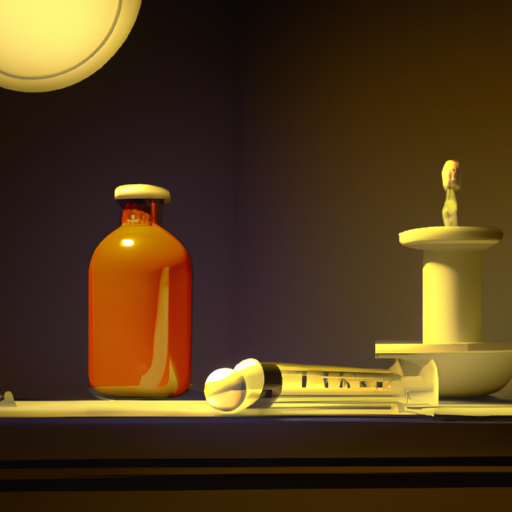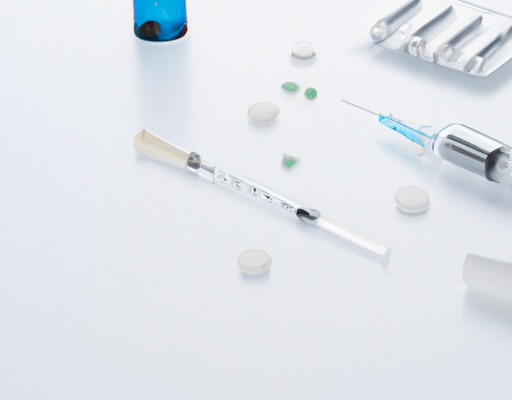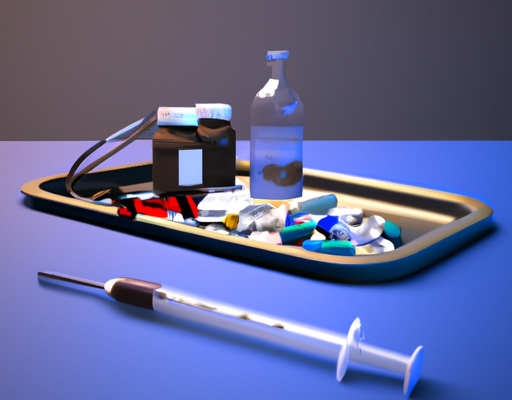Causes
Varicose veins can be a serious medical condition that can cause great discomfort, pain and even disability. The underlying cause of varicose veins is the weakening of the valves in the veins that control the blood flow. These weakened valves result in blood pooling in the veins, creating a bulging effect and poor circulation. In some cases, genetics can play a role in the development of varicose veins, but other factors such as age, pregnancy, obesity, lack of exercise, and standing or sitting for too long can also contribute. Additionally, those with a family history of the condition may be more likely to develop varicose veins. Treatment options include lifestyle changes, compression stockings, and medical procedures such as sclerotherapy, laser and radiofrequency ablation, and microphlebectomy. With early detection and proper management, varicose veins can be managed and the risk of developing more serious complications can be reduced.
Symptoms
Varicose veins, a form of vein disease, is a common medical condition in which veins become abnormally widened, lumpy and twisted. Symptoms of varicose veins may include:
- Pain
- Aching or heaviness
- Itching or burning sensation
- Swelling
- Fatigue in the legs
- Skin discoloration
- Throbbing in the legs
It is important to speak to a doctor if you are experiencing any of these symptoms as a treatment plan can be customized for your individual needs. Treatment plans may include lifestyle changes, compression stockings or surgery.
Diagnosis
Varicose veins are a common and often painful condition that can affect the legs and feet. The diagnosis of varicose veins requires a comprehensive medical evaluation, which includes:
- Physical examination of the leg and feet
- Doppler ultrasound to evaluate blood flow
- Venography to assess the size and shape of the veins
The physical examination allows the physician to observe any visible signs of varicose veins, such as swelling, reddish-blue veins, and ulcers on the skin. The Doppler ultrasound uses sound waves to detect any abnormal blood flow and map the veins. Venography is a radiographic imaging technique used to assess the size and shape of the veins and detect any blockages. These tests provide the necessary information to design a treatment plan tailored to the individual patient’s needs.
Treatments
Varicose veins can cause serious health complications if left untreated. In some cases, surgery is recommended to treat the underlying venous condition that causes varicose veins, but there are a number of medicines available that can help to reduce or eliminate the appearance of varicose veins. For example, a topical ointment may be used to improve blood circulation and reduce inflammation in the affected area. Additionally, medications such as diuretics and anti-inflammatory pain relievers can also be taken to reduce the discomfort associated with varicose veins. In some cases, laser treatments can be used to eliminate varicose veins, and sclerotherapy is another option for permanently treating them. No matter what treatment option you choose, it is important to consult with your doctor to determine the best course of action for you.
Tips on Prevention
Varicose veins are a common medical condition characterized by swollen, bulging veins in the legs. While varicose veins can sometimes be painful, they are typically harmless and can be managed with lifestyle changes and medical treatments. To help prevent the onset of varicose veins, it is important to maintain a healthy lifestyle and practice preventative measures. Regular exercise can help improve circulation and reduce the pressure on veins, while wearing compression stockings can help to reduce swelling and discomfort. Additionally, avoiding long periods of standing or sitting can help to reduce pressure on veins. Eating a balanced diet rich in fiber and low in sodium can also help to reduce the risk of developing varicose veins. Lastly, staying hydrated and taking regular breaks to move around can help to reduce the risk of varicose veins. Taking preventive measures can help to reduce the risk of developing varicose veins and can also help to improve overall health.





No Comments